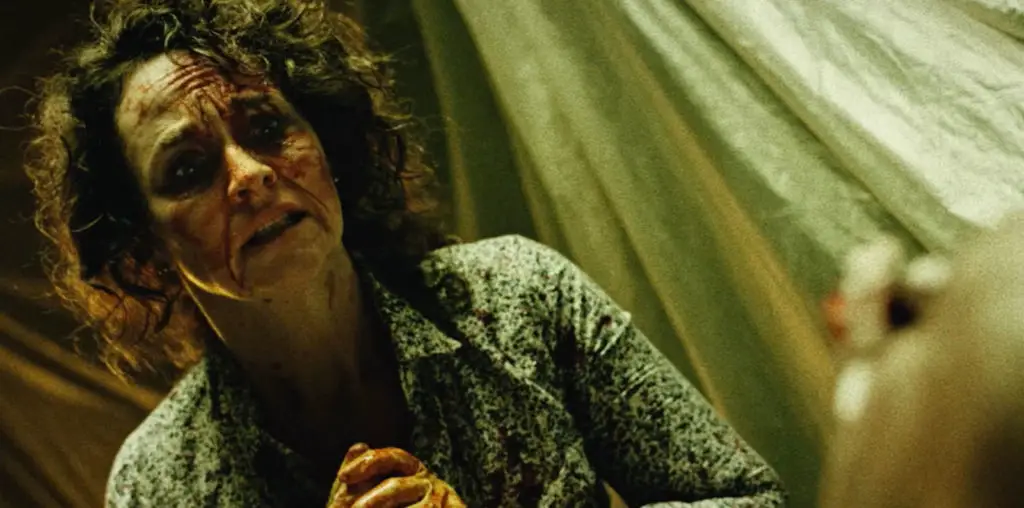
The explosion of the space shuttle Challenger in 1986 was a pivotal before-and-after moment in history. It’s a cliche, but still applies, to say that it’s a kind of event that gets imprinted like a photograph on your mind if you experience it firsthand. Sometimes, like an echo, the memory will be sparked by some random thought, or sound, or remark, and I will hear as clear as a bell the phrase from the CAPCOM (capsule communicator) audio transmission at the 68-second mark on the flight: “Challenger, go at throttle up.” Then it blew apart.
We know now that two rubber seals (O-rings) on the right solid rocket booster failed in the freezing temps that morning and 5000-degree gases escaping the hole became a blowtorch fixed on the external fuel tank, which was breached shortly thereafter, igniting the fuel inside, and causing the explosion. We also know that NASA was warned ahead of time this was a possibility and chose to launch anyway.
Director Nathan VonMinden’s The Challenger Disaster takes us behind the scenes to the drama unfolding at the Morton Thiokol company in Utah in the hours before. Morton Thiokol designed and built the shuttle’s solid rocket boosters with the faulty O-rings.

“Morton Thiokol designed and built the shuttle’s solid rocket boosters with the faulty O-rings.”
I love independent film, and The Challenger Disaster is an excellent example of a big accomplishment on a small budget (estimated at $175K by IMDB). It is practically a masterclass on getting bang for your buck. Every dollar is up on the screen, and there is no wasted motion.



In San Antonio, Texas, Scobee Elementary School opened in 1987, the year after the disaster. Students at the school are referred to as “Challengers”. An elementary school in Nogales, Arizona, commemorates the accident in name, Challenger Elementary School, and their school motto, “Reach for the sky”. The suburbs of Seattle, Washington are home to Challenger Elementary School in Issaquah, Washington